Are you interested in exploring historic homes? Here are the must-see historic houses in Andalusia:
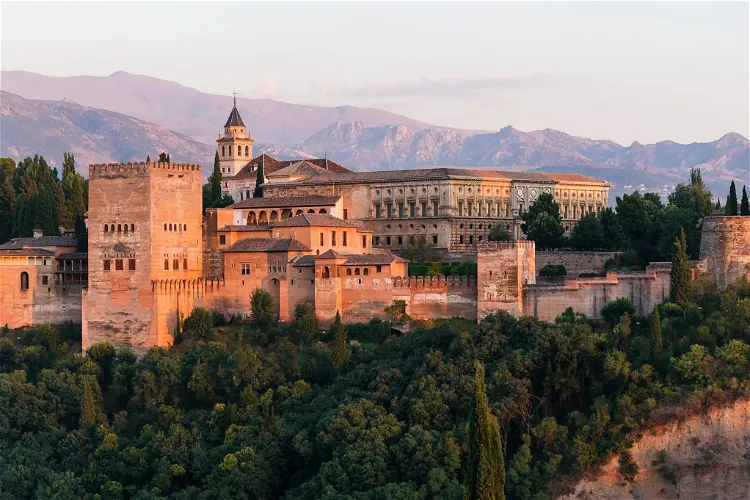
Alhambra
GranadaThe Alhambra, located in the city of Granada in the Andalusian region of Spain, is a historical building that was originally used as a palace and fortress. It was constructed with the architectural style of Islamic Arab, specifically the Kalʿatü'l-Hamrâ. Today, the Alhambra serves as a museum, offering visitors a glimpse into its rich history and architectural beauty.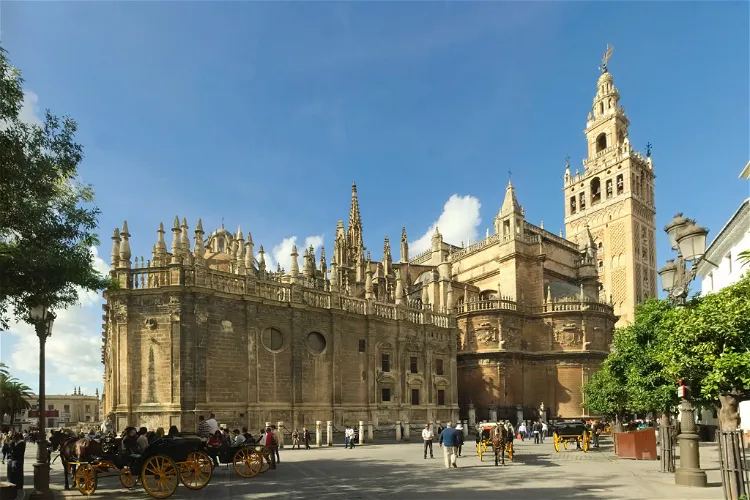
Seville Cathedral
SevilleSeville Cathedral, also known as the Cathedral of Saint Mary of the See, is a significant landmark in Seville, Spain. It holds the distinction of being the world's largest Gothic church and the third largest church overall. This Roman Catholic cathedral is a testament to the architectural prowess of the Gothic era and offers a unique insight into the religious history of Spain.
Granada Cathedral
GranadaThe Granada Cathedral, also known as Santa María de la Encarnación de Granada, is a significant religious site located in Granada, southern Spain. It serves as the seat of the Archbishop of Granada. The cathedral's rich history and architectural grandeur make it a notable point of interest for visitors.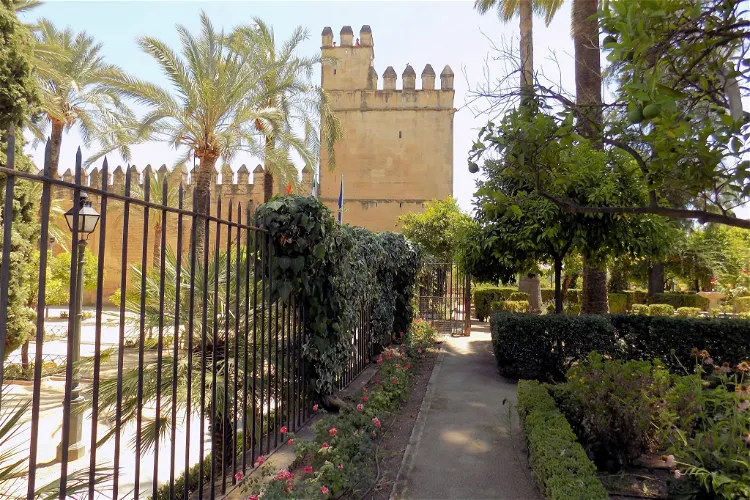
Castle of the Christian Monarchs
CórdobaThe Alcázar de los Reyes Cristianos, or Castle of the Christian Monarchs, is a palace-fortress located in Cordoba. It was constructed in 1328 by Alfonso XI on the site of an ancient Arab palace. This historical site offers a glimpse into the rich history of the region, with its architecture reflecting the various cultures that have influenced it over the centuries.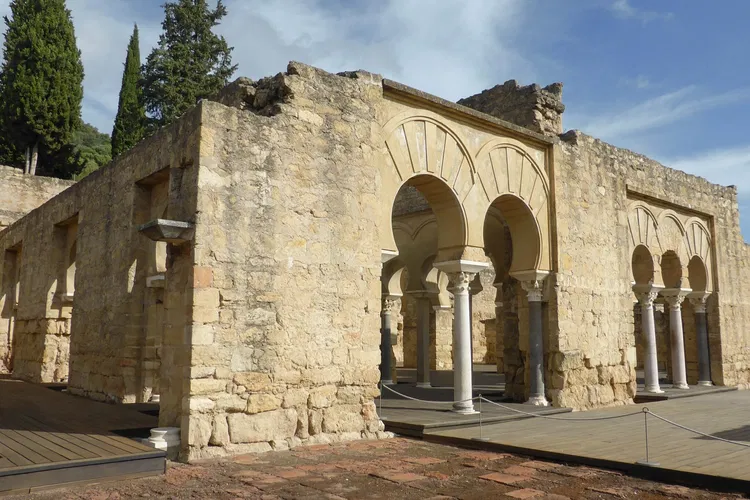
Madinat al-Zahra
CórdobaMadīnat az-zahrāʾ, also known as Medina Azahara, is a historical site located in southern Spain. It is situated approximately eight kilometers west of Córdoba and offers a panoramic view of the valley and the city of Córdoba. This former palace city is a significant part of Spain's rich history and is a fascinating destination for tourists interested in historical and architectural exploration.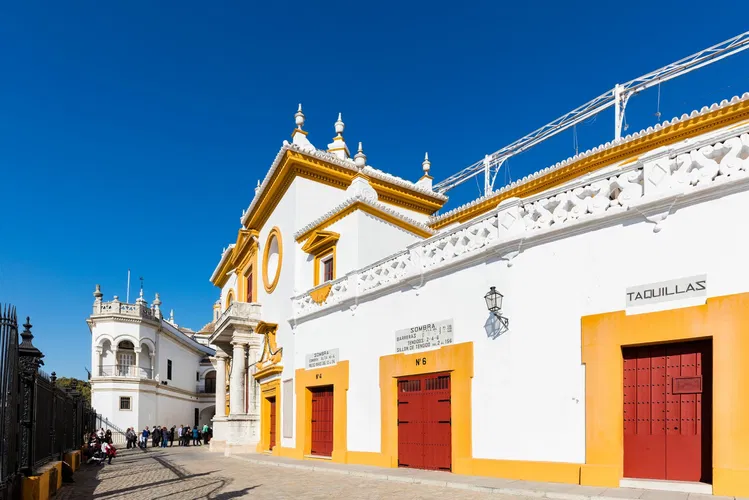
Maestranza (Seville)
SevilleThe Plaza de Toros de la Real Maestranza de Caballería de Sevilla is a significant landmark in Seville, Spain. This bullring, with a capacity of 12,000, is one of the most visited tourist attractions in the city. It is not only a stage for bullfighting but also a symbol of the city's rich history and culture.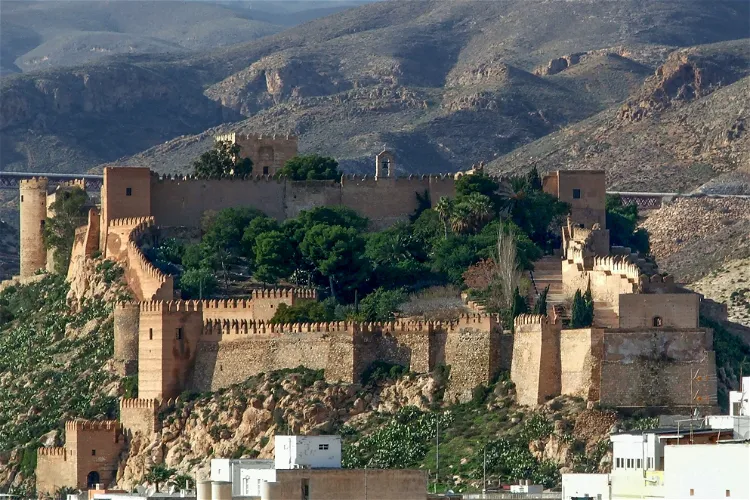
Alcazaba of Almería
AlmeriaThe Alcazaba of Almería, located in southern Spain, is a fortified complex with a rich history dating back to 955. This structure was not only a defensive citadel but also the seat of local government, overseeing the city and the nearby sea. Its strategic location and historical significance make it a fascinating destination for tourists interested in history and architecture.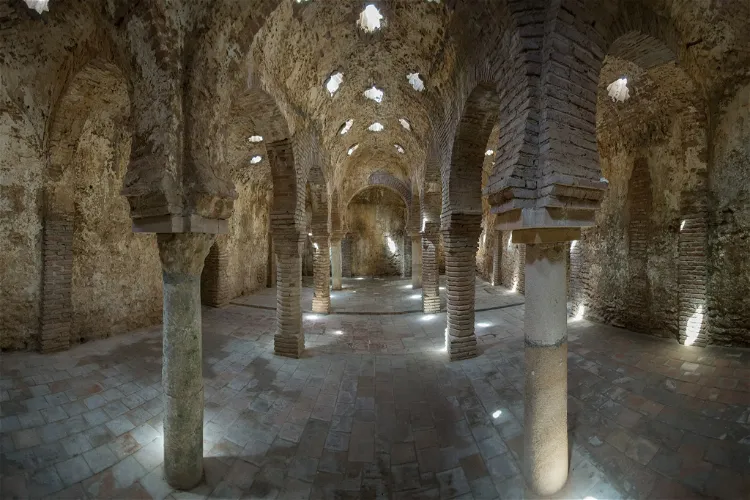
Arab Baths
RondaVisit the richly ornate spa complex that is really extraordinarily well preserved. Situated in a charming old quarter, too.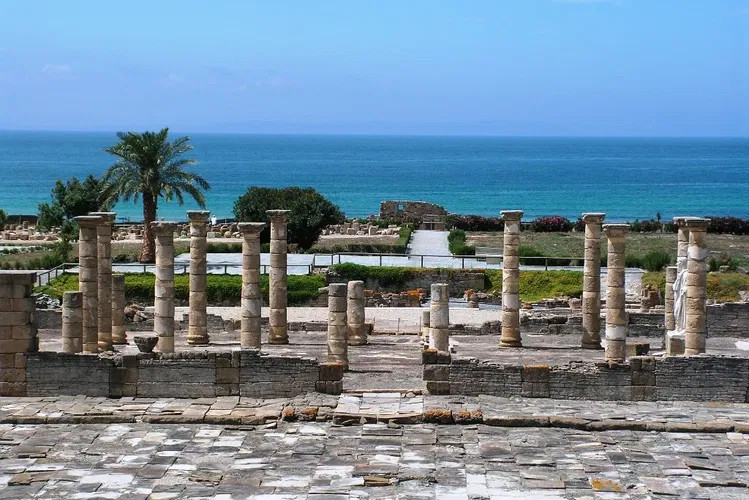
Baelo Claudia
TarifaBaelo Claudia is a Roman ruin city that is situated approximately 17 kilometers northwest of Tarifa, in the direction of Cádiz on the Atlantic coast. It is located right on Playa de Bolonia, offering visitors a unique blend of historical exploration and beachside relaxation.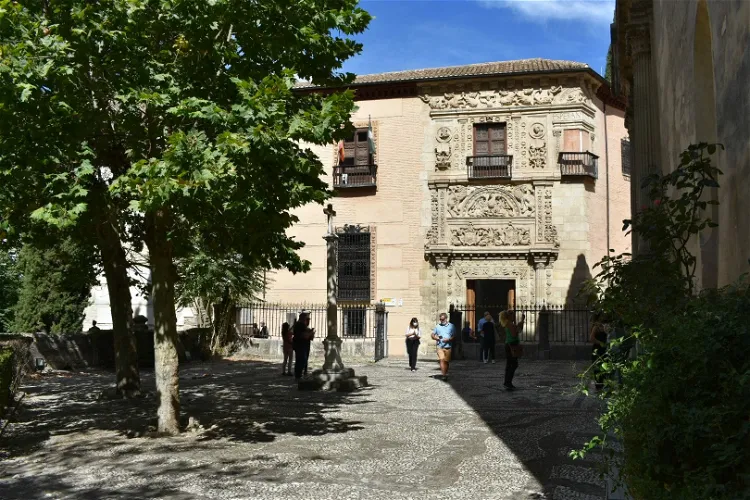
Castril Palace
GranadaCastril House, a Renaissance palace, is situated in the Spanish city of Granada, within the autonomous community of Andalusia. Today, it serves as the home of the Granada Archaeological Museum. This location offers visitors a chance to explore the rich history of the region through the museum's extensive collection.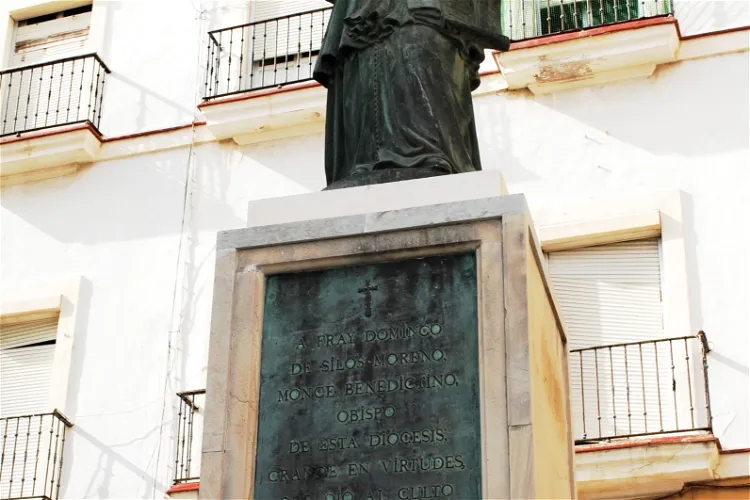
Women's Hospital
CádizThe Hospital de Nuestra Se ora del Carmen, situated in the city of Cádiz, Spain, is a noteworthy example of Baroque architecture from the mid-18th century. The building was designed by Pedro Luis Gutiérrez de San Martín, a master architect from Seville. This historical site offers a glimpse into the architectural style and cultural heritage of the period.
Royal Quarters of Santo Domingo
GranadaThe Cuarto Real de Santo Domingo, located in the Realejo quarter of Granada, Spain, is a former Nasrid palace and convent. This historical site offers visitors a glimpse into the past, showcasing the architectural and cultural heritage of the Nasrid dynasty.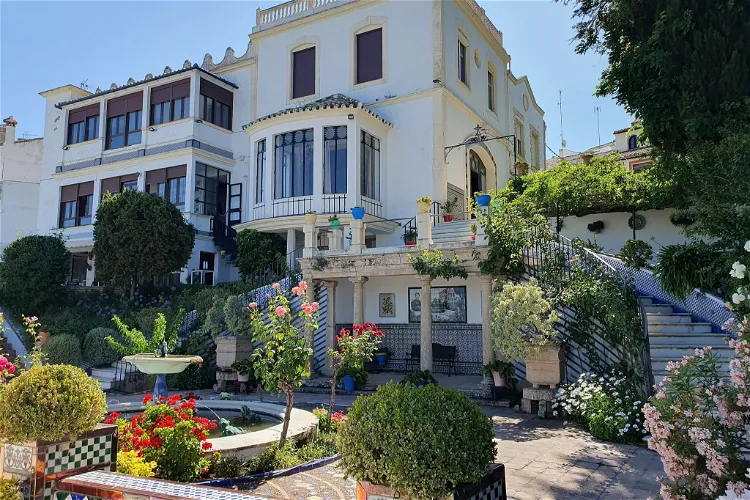
Don Bosco House Museum
RondaThe Don Bosco House Museum is a historic mansion situated in the heart of Ronda, Málaga. The interior of the house has been preserved in its original modernist style from the early 20th century, offering visitors a glimpse into the past.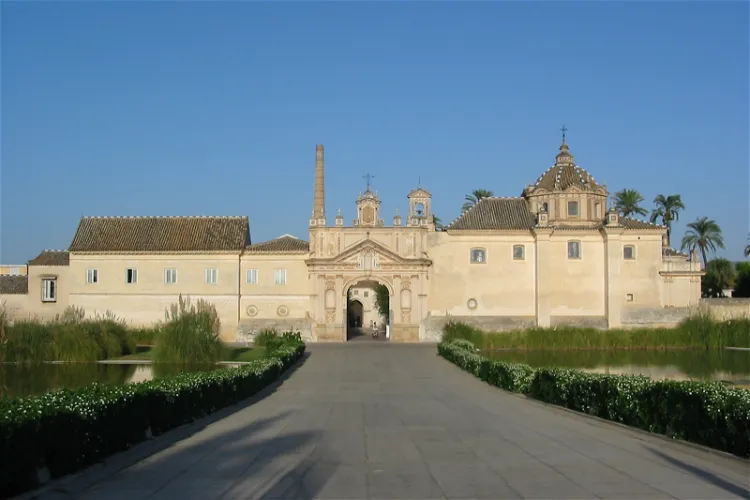
Monastery of the Cartuja
SevilleThe Monastery of Santa María de las Cuevas, also known as La Cartuja, is a former Carthusian monastery located in Seville, the capital of the Andalusia region in Spain. It is situated between the arms of the Guadalquivir on the island of La Cartuja, which got its name from the Carthusian monastery. The monastery was the symbolic center of the Expo 92, the World Exposition 1992 in Seville.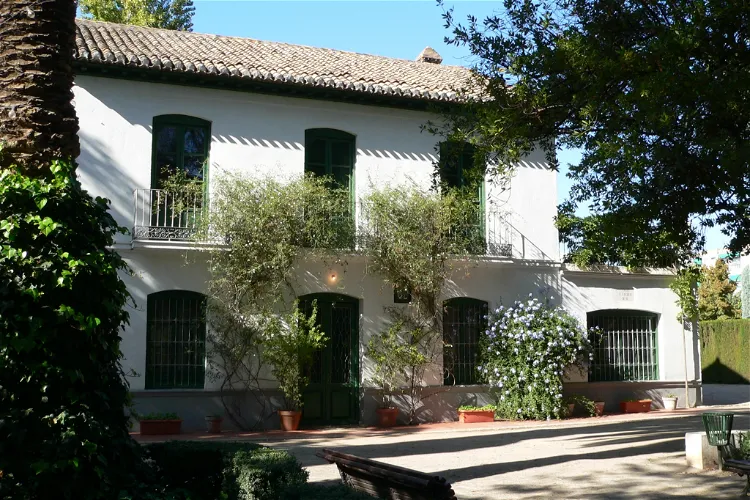
Huerta de San Vicente
GranadaThe Huerta de San Vicente, popularly known as the Casa-Museo de Federico García Lorca, served as the summer residence of the García Lorca family from 1926 to 1936. This period was up until the assassination of the poet during the early weeks of the Spanish Civil War. The house and its orchards are located in the heart of the Federico García Lorca Park, which was inaugurated in 1995.
Palacio-Museo de Viana
CórdobaPalacio-Museo de Viana (The palace of the Marquises of Viana) is a palace-museum in Córdoba. The palace is an example of how the Cordovan nobility lived. The history of the palace begins in the 15th century. The collection of the museum is separated over various rooms, namely: the Gallery of the Azu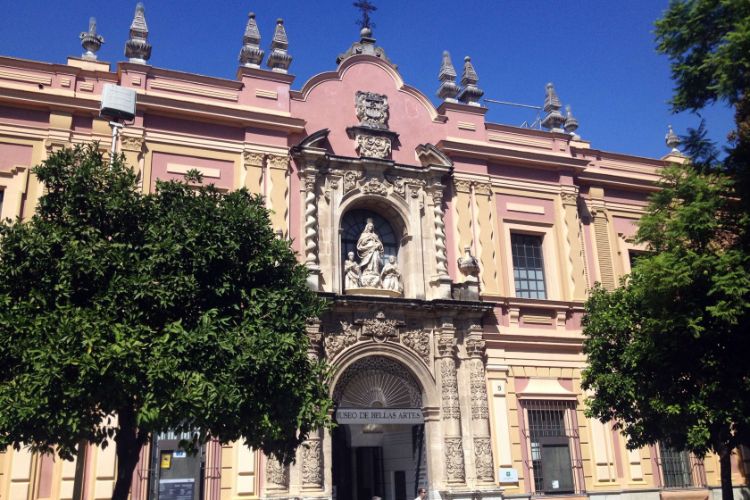
Museum of Fine Arts of Seville
SevilleThe Museum of Fine Arts of Seville is is an art museum in Seville that is considered one of the most important art museums in Spain. The museum holds a collection of mainly Spanish visual arts from the medieval period to the early 20th century, and is especially known for its baroque Sevillian paint
Casa Natal de Blas Infante
CasaresThe Blas Infante house museum is a significant site in Casares, Málaga, located on Carrera street nº 31. This museum is dedicated to Blas Infante, a prominent figure in Andalusian history, who was born in this very building on July 5, 1885. The museum offers a deep dive into the life and works of Infante, providing a unique perspective on his contributions.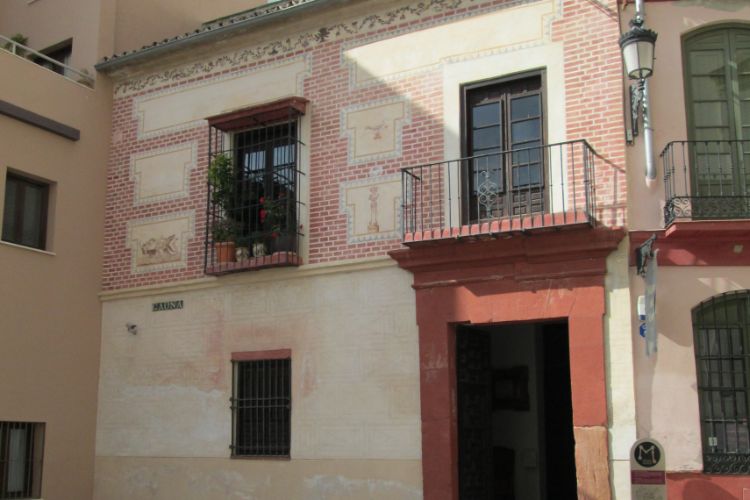
Museo del Vidrio y Cristal de Málaga
MálagaMuseo del Vidrio y Cristal de Málaga (The Glass and Crystal Museum) is a museum of decorative arts in Malaga. The museum is housed in an eighteenth-century building known as Posada de San Felipe Neri that, after its restoration, features some 900 m² of exhibition space. Museo del Vidrio y Cristal de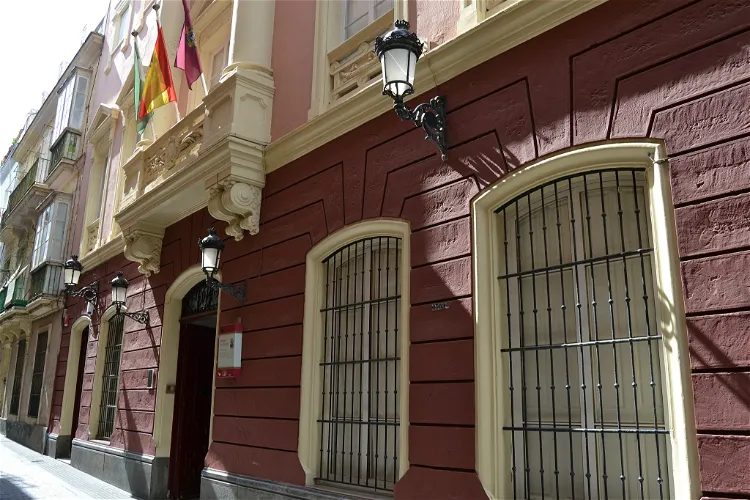
Cadiz Court Museum
CádizThe Museo de las Cortes de Cádiz is not strictly dedicated to the constitutional era, but rather provides a journey through the social, political, and economic situation of Cádiz in the 18th and 19th centuries. It houses various tapestries of Fernando VII, Celestino Mutis, and other celebrities of the referred centuries, maps and nautical charts, medals, flags, and several busts, including those of Carlos II and Cayetano del Toro himself.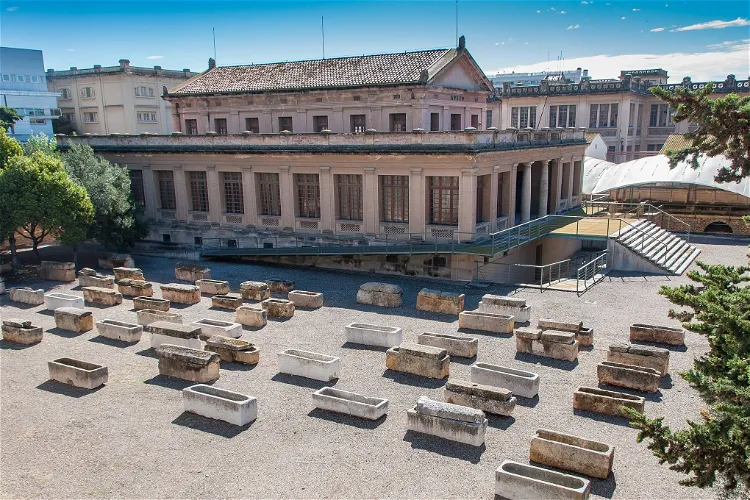
Roman Necropolis of Carmona
CarmonaThe Carmona Archaeological Ensemble, also known as CAC or CAE, is an archaeological site located in the Spanish municipality of Carmona. The site is represented by a Roman necropolis and amphitheater, which date back to the 1st and 2nd centuries AD. These historical structures provide a glimpse into the past and offer a unique opportunity to explore the rich history of the region.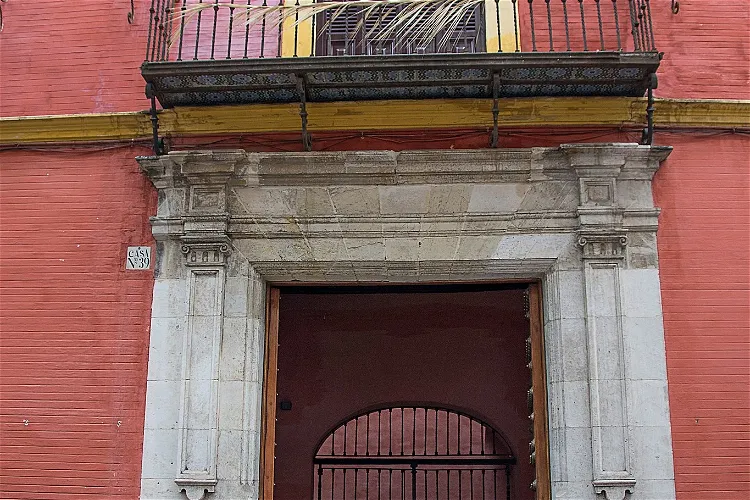
Casa de Salinas
SevilleLa Casa de Salinas is a significant historical site located in the heart of Seville, Andalusia, Spain. This 16th-century building is a testament to the rich architectural heritage of the region. Its location in the city's historic center makes it easily accessible for tourists.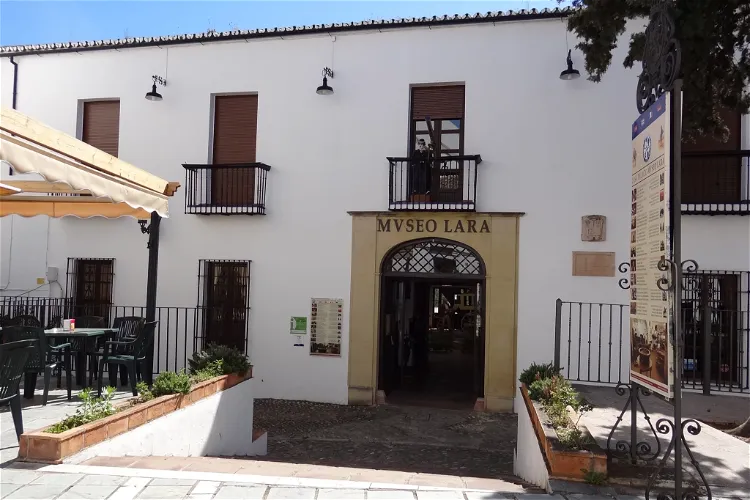
Lara Museum
RondaEl Museo Lara is an art and antiquities museum situated in the city of Ronda, in the province of Malaga, Spain. This museum is a significant cultural landmark in the region, offering visitors a chance to explore a vast collection of art and antiquities.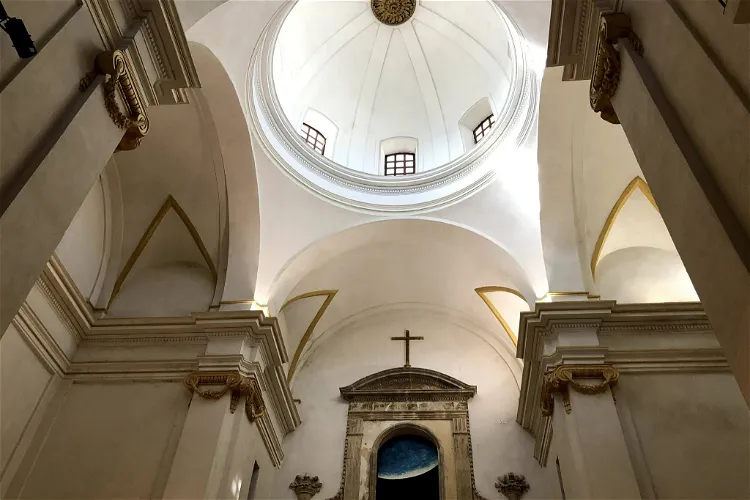
San Jose Church Cultural Center
Puerto RealThe San Jose Church, a declared Cultural Interest Site in the category of Monument, is a significant historical site located in the municipality of Puerto Real, Cadiz, in Andalusia. Its full name is Antigua Iglesia de Jesus, Maria y Jose, and it was constructed in the last third of the 18th century. The church is situated in the heart of the historic center of the town, making it a central point of interest for visitors.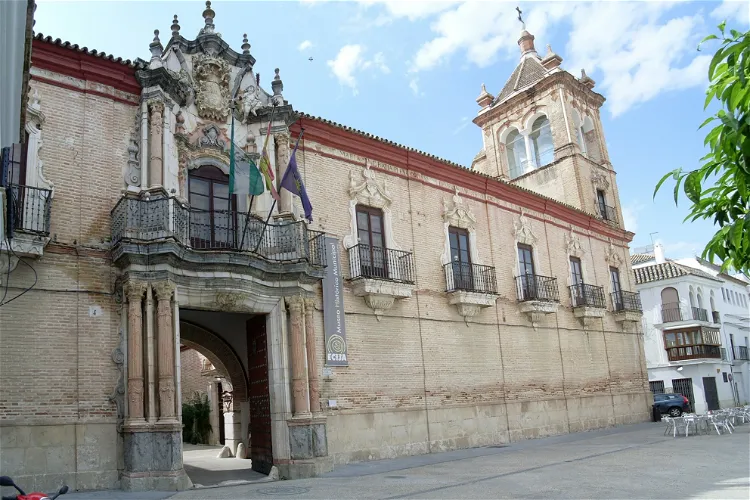
Municipal History Museum of Écija
ÉcijaThe Municipal Historical Museum of Écija is housed in the Benamejí palace, a significant historical site in the city of Écija, located in the province of Seville, Andalusia, Spain. This location adds a layer of historical significance to the museum, making it a fascinating destination for those interested in the rich history of the region.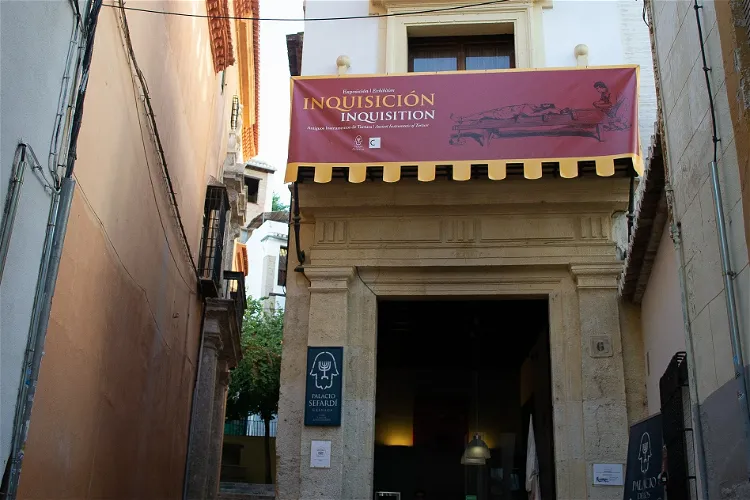
Palace of the Forgotten
GranadaThe Palace of the Forgotten, located in Granada, Spain, is a museum that focuses on the Spanish Inquisition, Jewish history, and the heritage of Granada and Andalusia. This museum provides a unique opportunity to delve into the rich and complex history of these subjects, offering a comprehensive understanding of the region's past.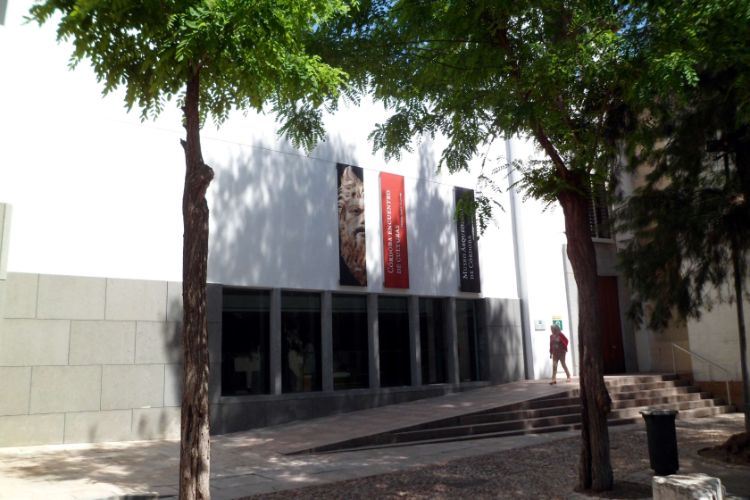
Archaeological Museum of Córdoba
CórdobaThe Archaeological Museum of Córdoba is housed in the former palace of the Páez de Castillejo and a contemporary building built next to it. Its collections consists of a wide variety of pieces that range from Prehistory to the Late Middle Ages. Underground, the museum displays the archaeological rem
Museo Palacio de la Condesa de Lebrija
SevilleMuseo Palacio de la Condesa de Lebrija (Museum of the palace of the countess of Lebrija or palace of Lebrija) is a house museum/palace in Seville that dates from the 16th century. The museum houses an important art collection with Roman mosaics and other antiquities as well as Asian art, paintings b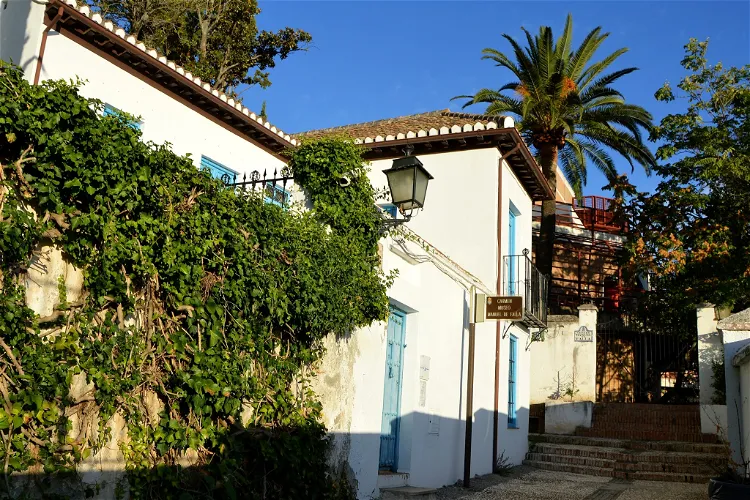
Manuel de Falla House Museum
GranadaThe museum and former home of Falla is dedicated to the interesting life and works of the famous Andalusian composer.
Historical Ethnological Museum of Mijas
MijasThe Historical Ethnological Museum of Mijas is situated in the old part of Mijas Pueblo, a charming town in the province of Malaga, Spain. This location offers visitors a chance to explore the rich history and culture of the region while enjoying the picturesque surroundings of the town.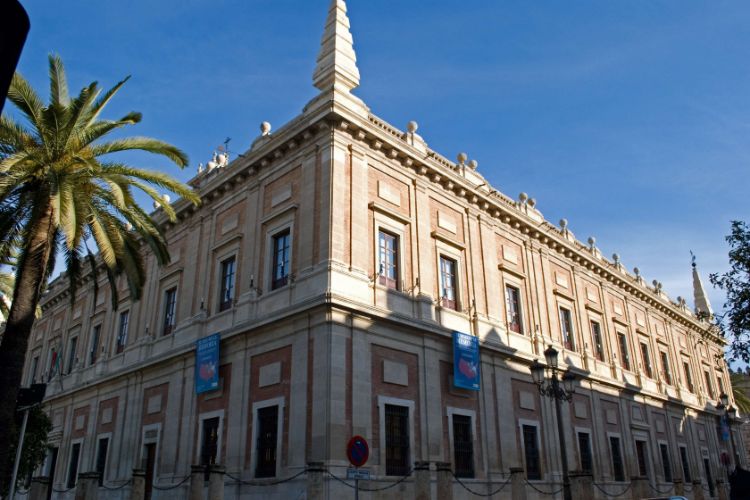
Archivo General de Indias
SevilleArchivo General de Indias (The General Archive of the Indies) is housed in the ancient merchants' exchange of Seville and holds the valuable archival documents that illustrate the history of the Spanish Empire in the Americas and the Philippines. The building, called Casa Lonja de Mercaderes, is a g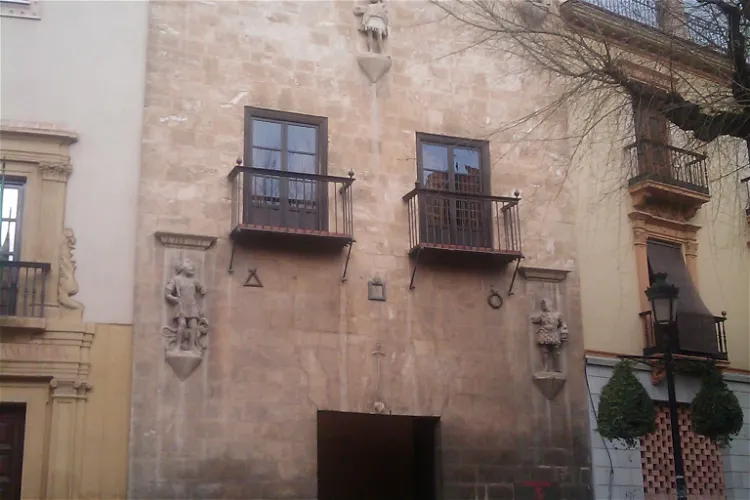
Museo Casa de Los Tiros de Granada
GranadaLa Casa de los Tiros is a museum and building situated in the Realejo neighborhood of the Spanish city of Granada, in the autonomous community of Andalusia. The museum is located on Pavaneras street, making it easily accessible for tourists visiting the city.
Centro de Interpretación Olivar y Aceite
ÚbedaThe Centro de Interpretación Olivar y Aceite is a unique tourist and museum center located in the historic Casa de la Tercia building in Úbeda, in the province of Jaén. The center is dedicated to the dissemination of virgin olive oil, a product deeply rooted in the culture and economy of the region. Visitors can learn about the history, production, and uses of this valuable product in a beautiful and historic setting.
Caja Granada Cultural Center
GranadaThe CajaGranada Cultural Center offers a wide range of cultural and educational activities, with a particular emphasis on art and culture. It is designed to adapt to the needs of specific artistic expressions and is equipped to support installations and audiovisual media. This flexibility allows the center to host a variety of events and exhibitions, making it a dynamic and engaging destination for visitors.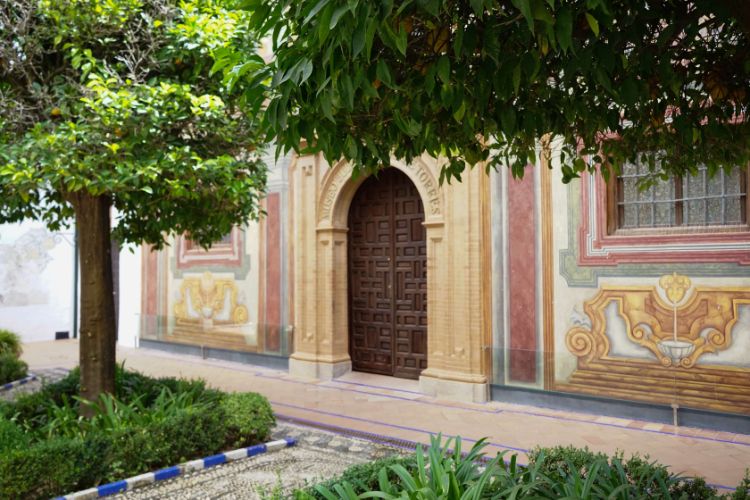
Museo de Julio Romero de Torres
CórdobaMuseo de Julio Romero de Torres (The Julio Romero de Torres Museum) is a museum in Córdoba, which is known for holding the largest collection of the Cordoba painter Julio Romero de Torres. The museum is housed in the building of the old Hospital de la Caridad, where the Museum of Fine Arts of Córdob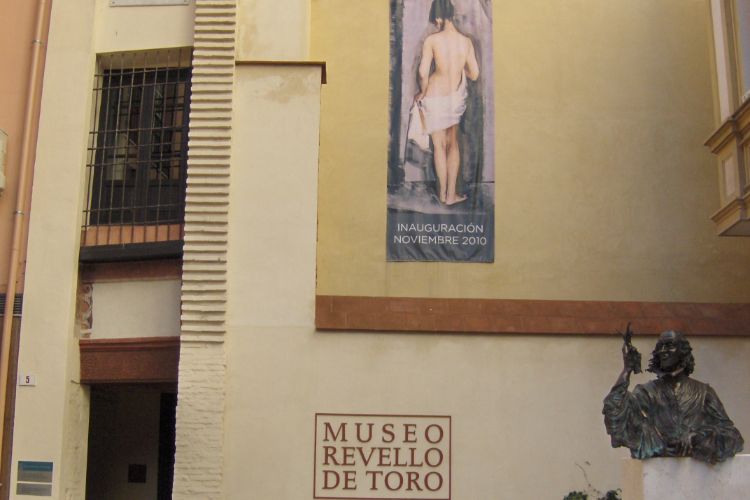
Revello de Toro Museum
MálagaThe Revello de Toro Museum, also known as Pedro de Mena's house-workshop (casa-taller de Pedro de Mena), is a pinacoteca in Málaga. The museum is located in the former home of Pedro de Mena. As its name suggests, the museum is dedicated to the painter from Málaga Félix Revello de Toro and holds a co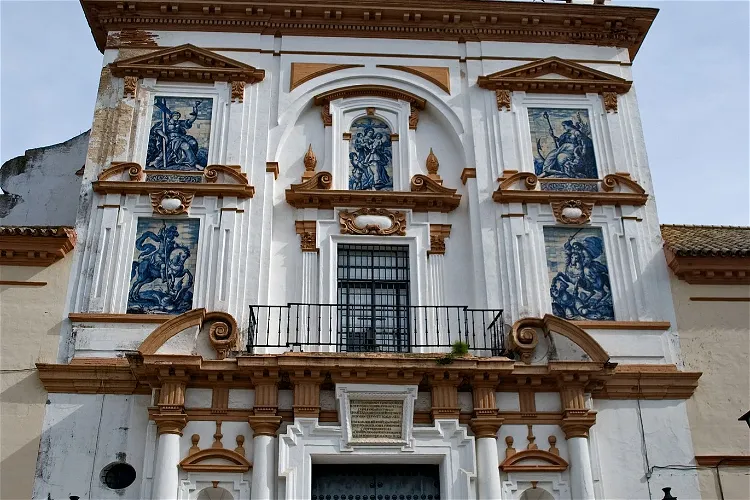
Hospital de la Caridad (Seville)
SevilleThe Hospital de la Caridad, located near the Plaza de toros de la Real Maestranza de Caballería de Sevilla, is a Roman Catholic baroque charity hospital. This historic building is a significant part of Seville's architectural heritage and offers a glimpse into the city's past.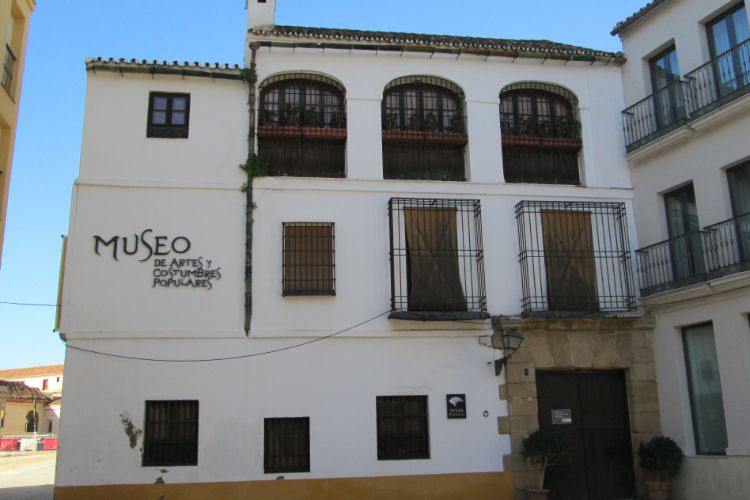
Museo de Artes y Costumbres Populares
MálagaMuseo de Artes y Costumbres Populares (The Museum of Popular Arts and Customs) is an ethnographic museum in Malaga. The museum is housed in the Mesón de la Victoria, a 17th century inn located on the banks of the Guadalmedina River. The museum exhibits its collection in nineteen rooms that represent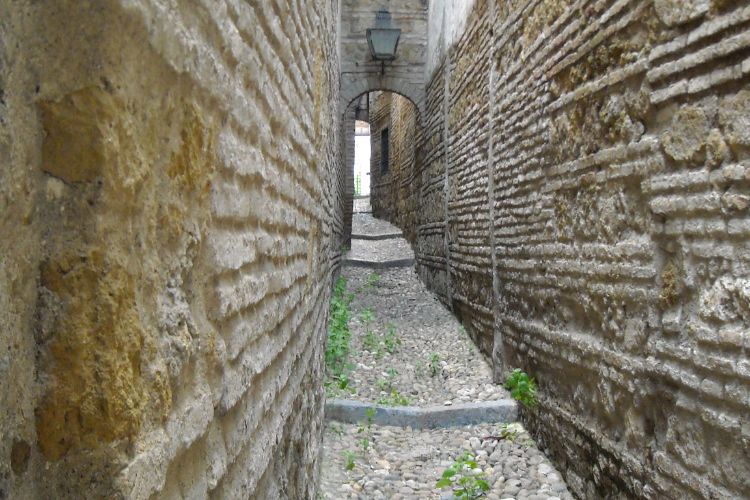
Casa de las Cabezas - Patios de Leyenda
CórdobaCasa de las Cabezas - Patios de Leyenda (The House of heads) is a manor house turned into a museum in Córdoba that is known for a variety of legends and stories that happened in the place, in addition to the typical courtyards of Cordoba.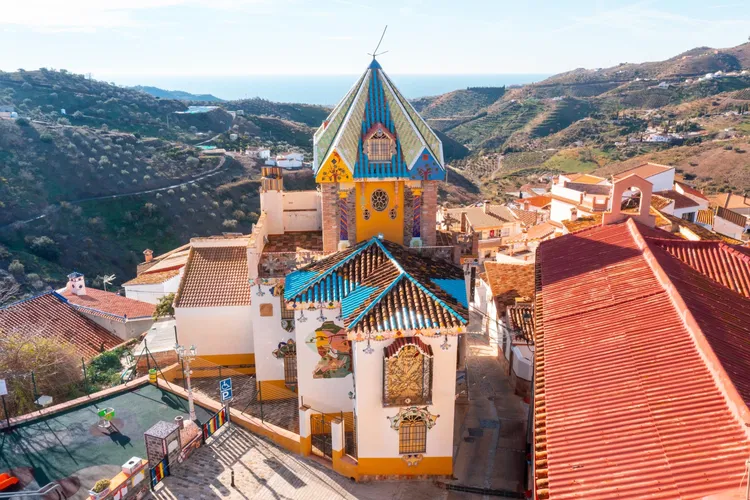
Axarquia House Museum
MoclinejoThe house is a real gem! With a modernist design, the "Axarquía House Museum" houses an extensive ethnographic collection. It is a unique and striking five story building constructed mainly from demolition materials from other old houses that fell in disrepair, and with a colorful roof toppe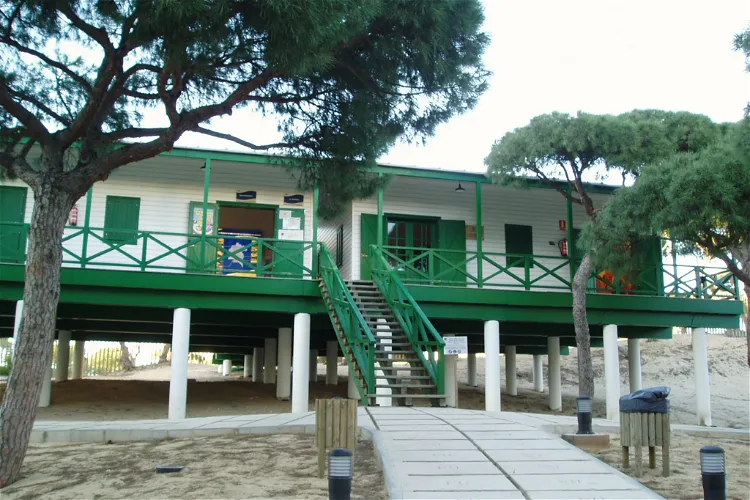
Casa Museo de los Ingleses
Punta UmbríaThe Casa de los Ingleses, also known as the English House Museum, is a museum building located in the Spanish municipality of Punta Umbría, in the province of Huelva. This museum is a reconstruction of the houses used by the directors of the Rio Tinto Company Limited during the summer season. It is situated at number 11 on Avenida Ciudad de Huelva.
Hacienda Guzmán
La RinconadaHacienda Guzmán is a significant historical site located in La Rinconada, Sevilla, Spain. This olive estate, dating back to the 16th century, spans an impressive 400 hectares. The vast expanse of the estate offers visitors a chance to explore and appreciate the rich history and natural beauty of the region.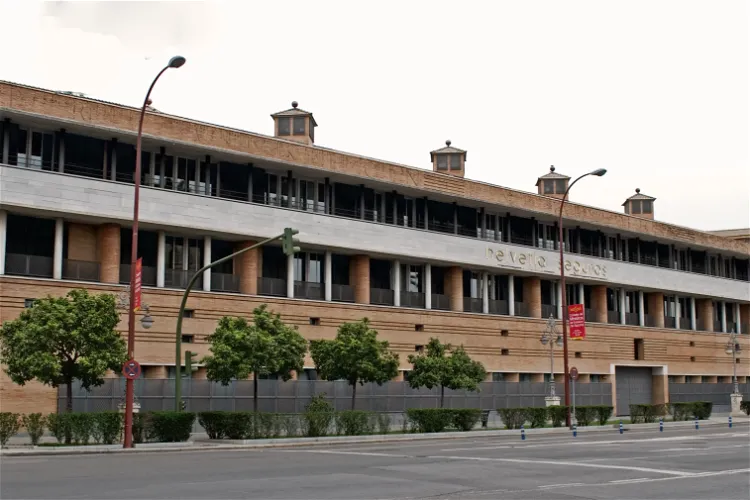
Bank of Spain Building
JaénThe Moneo Building is a unique architectural structure, characterized by its large cubic volume and a succession of steel and concrete volumes within others. It is a robust and impregnable building, with thick walls. The exterior facade is almost entirely covered by Red Alicante marble with a rough finish, providing a striking contrast to the grayish entrance where the name 'Bank of Spain' is inscribed. This unique design and structure make it a point of interest for tourists.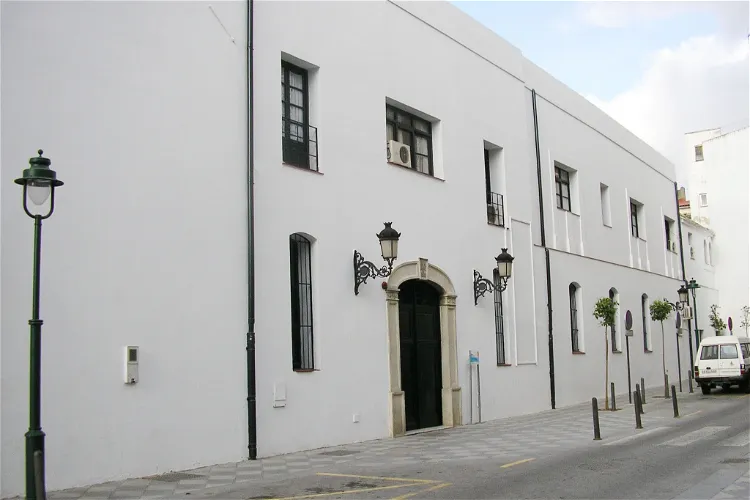
Municipal Museum of Algeciras
AlgecirasThe Municipal Museum of Algeciras, also known as Museo Municipal de Algeciras, is situated in Algeciras, Spain. It is conveniently located at the northern end of the Parque de las Acacias de Algeciras, making it easily accessible for tourists visiting the park.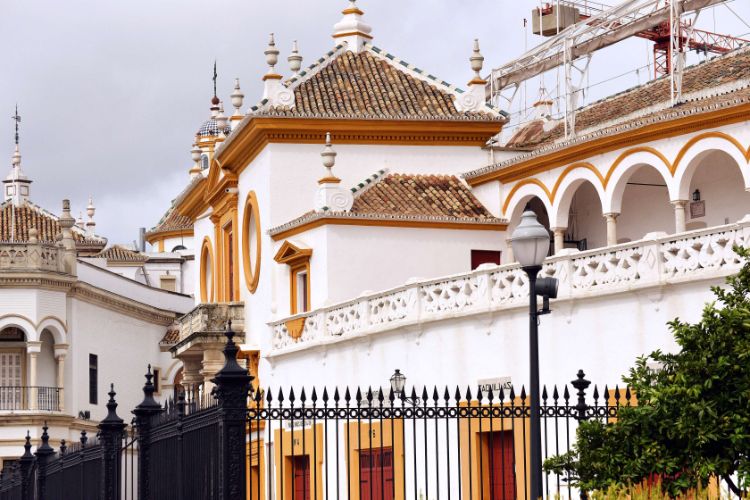
Museo Taurino
SevilleThe Bullfighting Museum of Seville (Museo Taurino) is located in the bullring of Seville. It belongs to the Real Maestranza de Caballería de Sevilla. The museum is dedicated to bullfighting in general and in Seville and displays various objects related to bullfighting.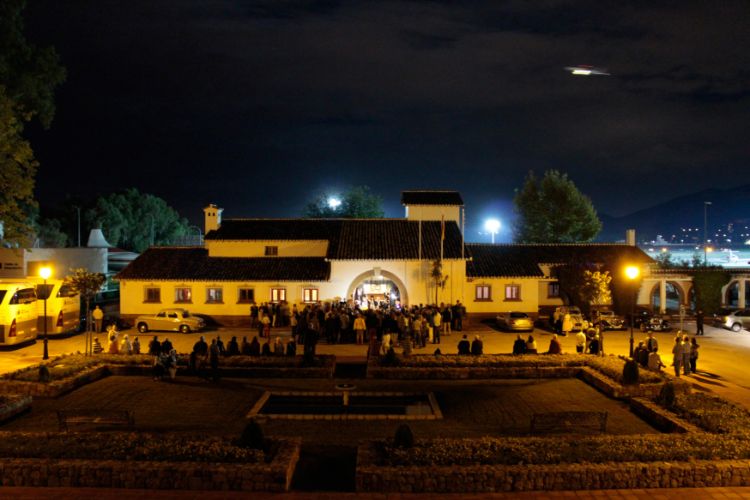
Aeronautical Museum of Malaga
MálagaThe Málaga Airport Museum is housed in the former terminal building that served Málaga from 1948 until 1968. The museum holds and displays a collection of artifacts that pay tribute to the history of air transport in Málaga. Visitors can also visit the old control tower.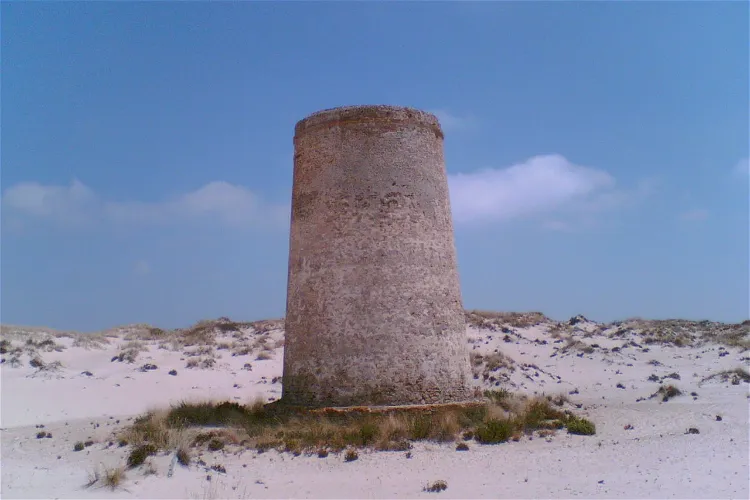
Carbonero Tower
AlmonteThe Carbonero Tower, also known as the Carbonera Tower, is a watchtower that has been declared a Site of Cultural Interest. It is located in the municipality of Almonte. This historical monument is a testament to the rich history of the region and offers a unique insight into the past. Visitors can appreciate the architectural design of the tower and learn about its historical significance.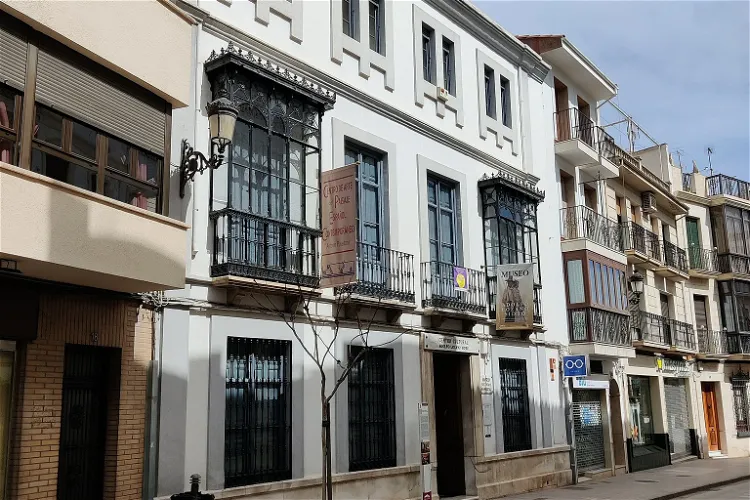
Adolfo Lozano Sidro House Museum
Priego de CórdobaThe Municipal Historical Museum of Priego de Córdoba is a cultural institution managed and owned by the local municipality. It is situated in the town of Priego de Córdoba, in the province of Córdoba, Spain. The museum offers a unique opportunity to explore the rich history and culture of the region.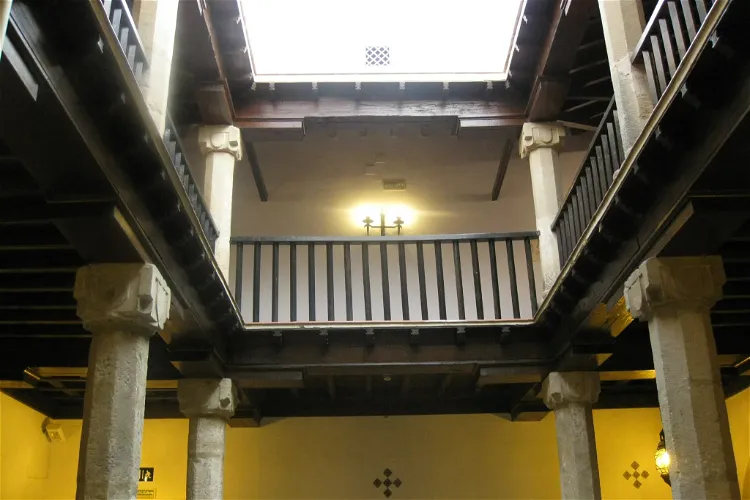
Archaeological Museum of Ubeda
ÚbedaThe Archaeological Museum of Úbeda, situated in the city of Úbeda in the province of Jaén, Spain, is a museum dedicated to the exhibition and study of archaeological pieces. This museum provides a unique opportunity for visitors to delve into the rich history and culture of the region through its extensive collection of archaeological artifacts.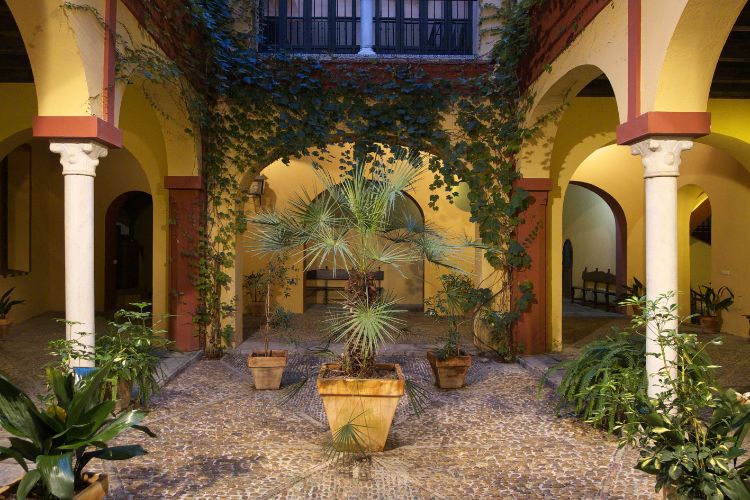
Casa de los Pinelo
SevilleThe Casa de los Pinelo is a Renaissance buidling in Seville that houses the Real Academia Sevillana de Buenas Letras and the Real Academia de Bellas Artes de Santa Isabel de Hungría. The building is a house-palace of medieval origin that was later enriched with different Renaissance elements. The co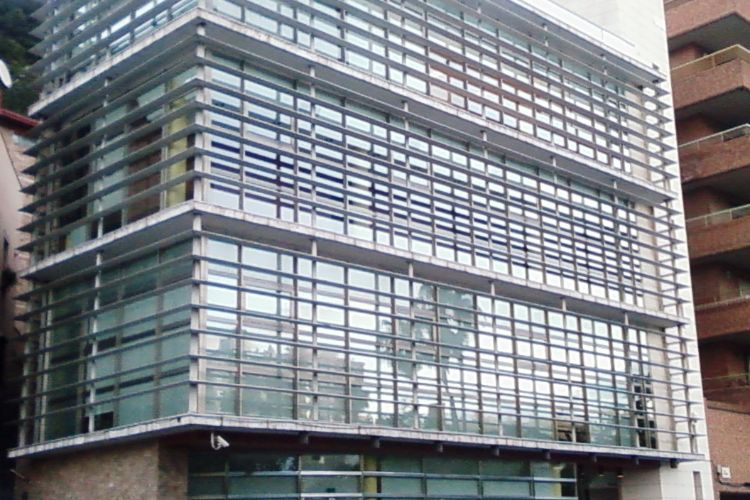
Museo del Patrimonio Municipal
MálagaMuseo del Patrimonio Municipal (The Municipal Heritage Museum, MUPAM) is a museum of art and history in Málaga housed in a building designed by Federico Orellana Ortega. The musuem holds a colelction of objects related to the city, consisting of 5,000 pieces owned by the City of Malaga, spanning the
Museo del Vino Málaga
MálagaMuseo del Vino Málaga (The Málaga Wine Museum) is an oenological museum in Malaga. The museum is housed in the palace of Biedmas, a palace of the eighteenth century. It is divided into two floors that contain several thematic rooms. It holds more than 400 old objects related to wine, including bottl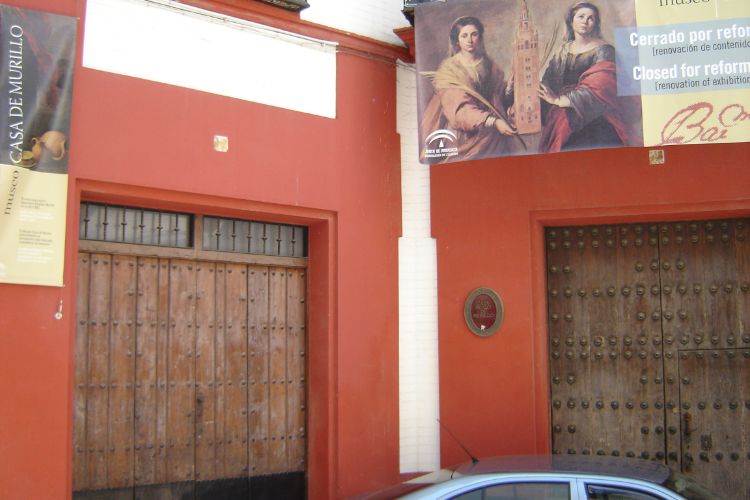
Casa de Murillo
SevilleThe Casa de Murillo is a historical house in Seville, which is the former home of the Spanish Baroque painter Bartolomé Esteban Murillo (1617–1682) in the latter years of his life. The building has two storeys and a central patio with columns. The museum is a small museum that is used for temporary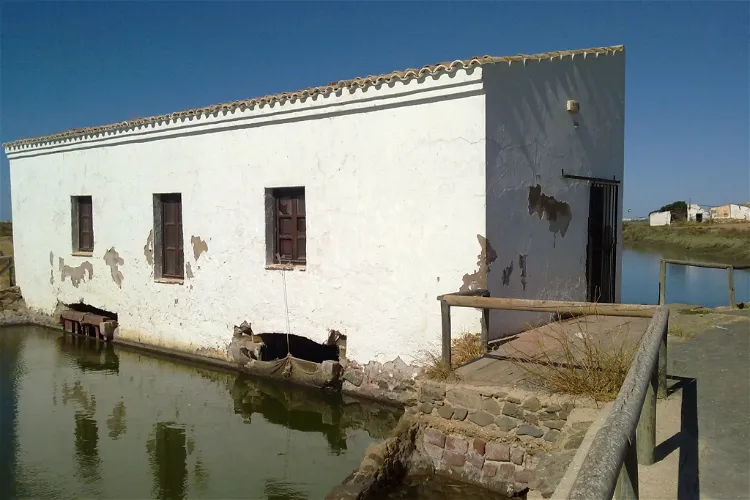
Eco-Museum Molino el Pintado
AyamonteEl Molino de El Pintado is a significant historical site located in the province of Huelva, Andalusia, Spain. It is recognized as the main and best preserved tidal mill in the region. This mill offers a unique glimpse into the past, showcasing the ingenious use of tidal power for milling operations.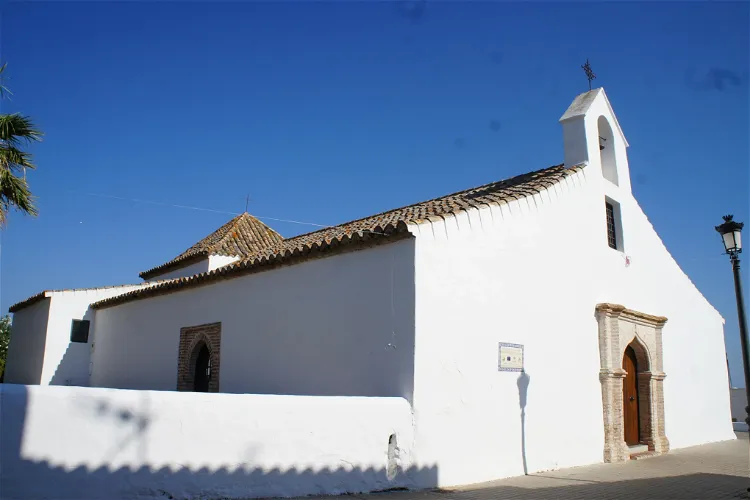
Hermitage of San Sebastian
AyamonteThe Hermitage of San Sebastian is a historical site located in the municipality of Ayamonte, in the province of Huelva, Spain. This structure was built in the early 16th century and is a clear representation of the Sevillian style that was prevalent in the area during that time.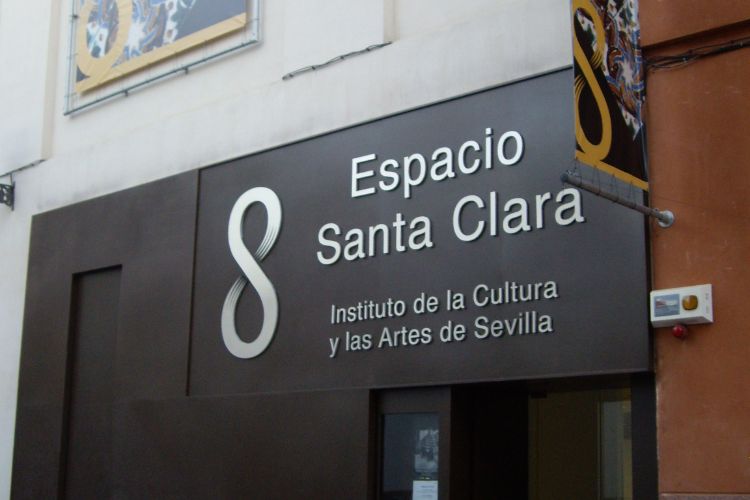
Centro Cultural Santa Clara
SevilleCentro Cultural Santa Clara (The Santa Clara Space) is a cultural center located in the Convent of Santa Clara in Seville. The place is used for artistic and historical exhibitions, as well as presentations on different topics.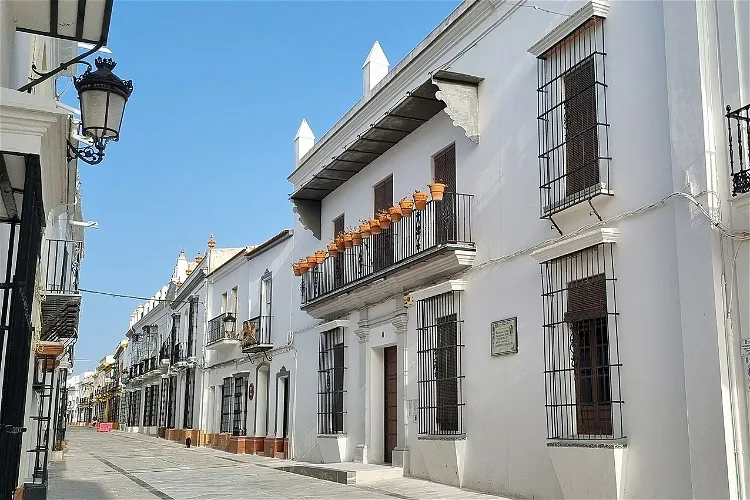
Casa Museo Zenobia y Juan Ramón Jiménez
MoguerThe Casa Museo Zenobia y Juan Ramón is situated in the town of Moguer, in the province of Huelva, Spain. The museum is housed in a building that dates back to the 18th century. Over the past few years, the building has undergone extensive restoration to address the significant issues it had due to the passage of time.
Espera Archaeological Museum
EsperaThe Espera Archaeological Museum, also known as MAE, is situated in the town of Espera in Cádiz, Spain. The museum is housed in an 18th-century palace, providing a historical setting for the archaeological exhibits. Visitors can explore the rich history of the region through the museum's collections and exhibitions.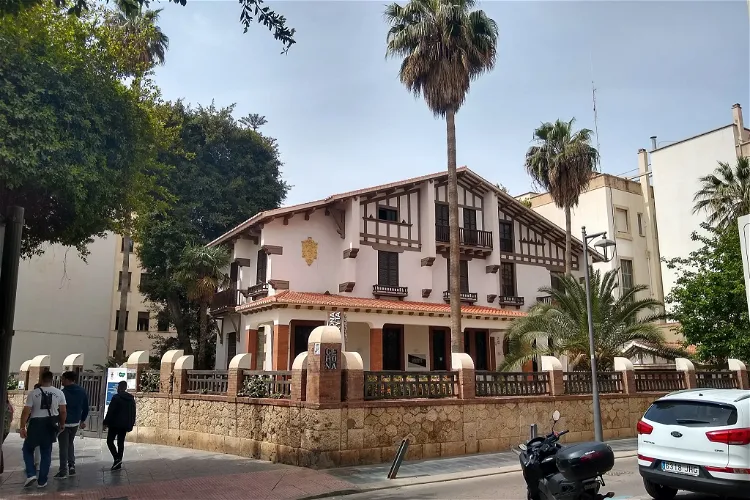
Doña Pakyta Museum of Art
AlmeriaThe Doña Pakyta Museum of Art is an art museum situated in the city of Almería. It offers a unique opportunity to explore the rich artistic heritage of the region.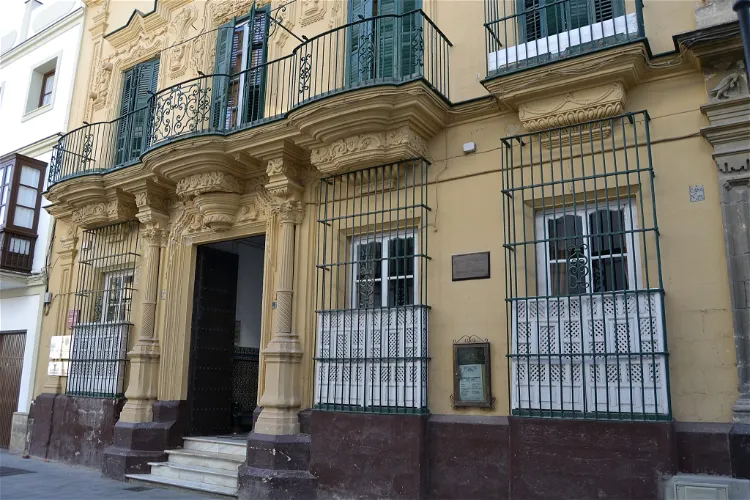
Museo Arqueológico Municipal de El Puerto de Santa María
El Puerto de Santa MaríaCurrently, the museum is located in a neoclassical building from 1753 in the Barrio Alto. Here, visitors can view a variety of exhibits, including Visigothic pieces, items from the Andalusian farmhouses of El Puerto, and ceramics from the 16th and 17th centuries. The building itself, with its historical architecture, adds to the overall experience of the museum visit.
Archaeological Dolmens of Antequera
AntequeraThe archaeological area of the dolmens of Antequera comprises the dolmens that give it its name, including the Menga dolmen, Viera dolmen, and El Romeral tholos. Additionally, there are a series of sites directly related to this necropolis, such as Cerro del Marimacho or Cerro de Antequera and Carnicería de los Moros or Villa Romana de Antequera site. These sites offer a rich insight into the historical and cultural significance of the area.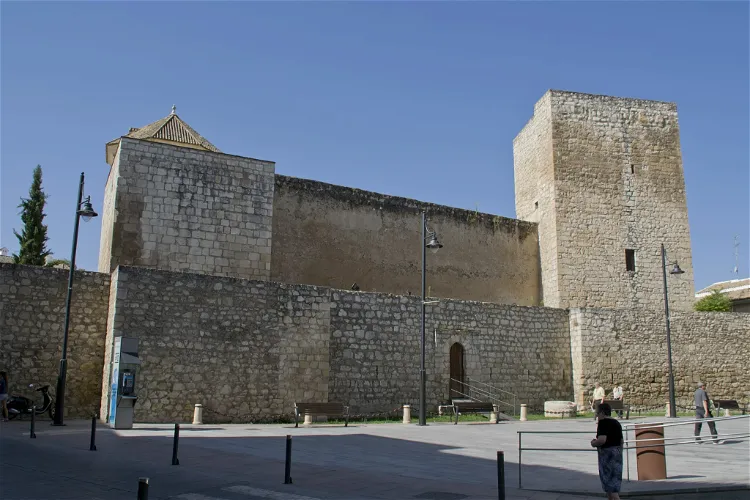
Castle of the Moral
LucenaThe Castle of the Moral, also known as the Castle of Lucena, is a military fortress located in the municipality of Lucena, Córdoba, Spain. It is a significant historical site that dates back to the arrival of the Almohad Empire in the villages in 1148. The castle was strategically built to safeguard the Cora Cabra-Baena, which was possibly very unstable and governed through the control of North-South commercial caravans.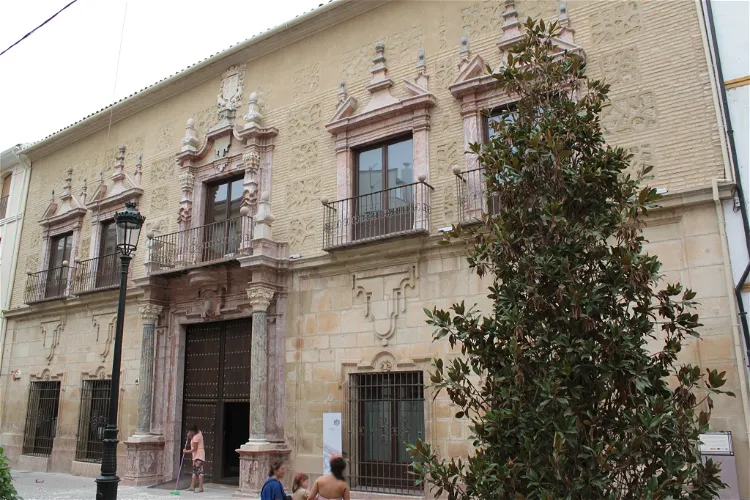
Palace of the Counts of Santa Ana
LucenaThe Palace of the Counts of Santa Ana, situated in the historic center of Lucena, Andalusia, Spain, is a significant example of 18th-century private architecture. Since its inauguration in 2011, it has been home to the Lucena Interpretation Center, providing visitors with a deep understanding of the city's history and culture.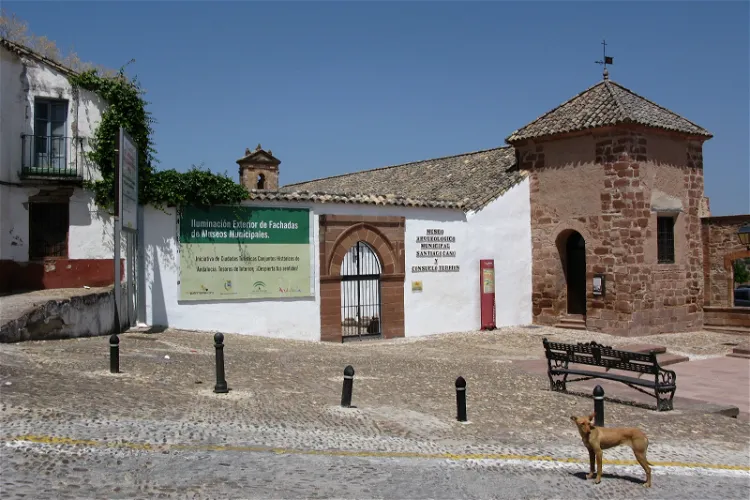
Archaeological Town Museum
MontoroThe Archaeological Municipal Museum of Montoro is a city-owned and managed museum located in the city of Montoro, in the province of Córdoba, Spain. This museum is a significant part of the city's cultural heritage and offers visitors a chance to explore the rich history of the region.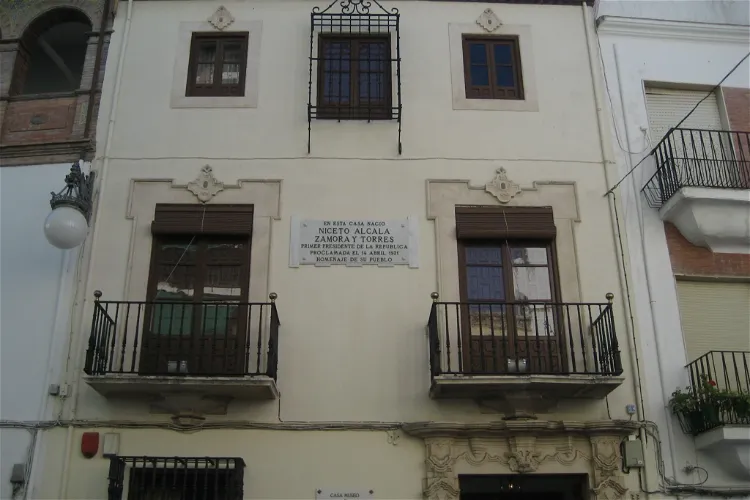
House Museum of Niceto Alcala
Priego de CórdobaThe House Museum of Niceto Alcalá-Zamora is situated in the municipality of Priego de Córdoba, Spain, specifically at 33 Río Street. This historic house is the birthplace of Niceto Alcalá-Zamora, who was born in 1877 and served as the president of the Second Republic.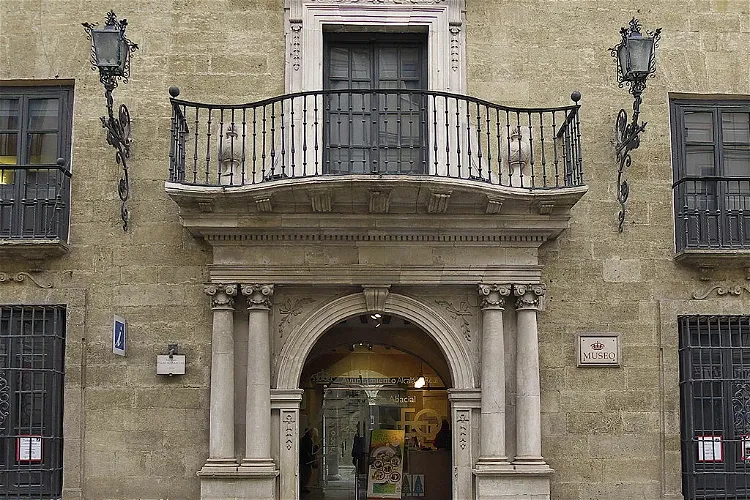
Abbey Palace
Alcalá la RealThe Municipal Museum of Alcalá la Real is a significant cultural institution in the province of Jaén, Spain. Managed and owned by the municipality, it is situated in the town of Alcalá la Real. The museum offers a rich collection of archaeological, ethnological, anthropological, paleontological, and scientific exhibits, making it a fascinating destination for those interested in a wide range of disciplines.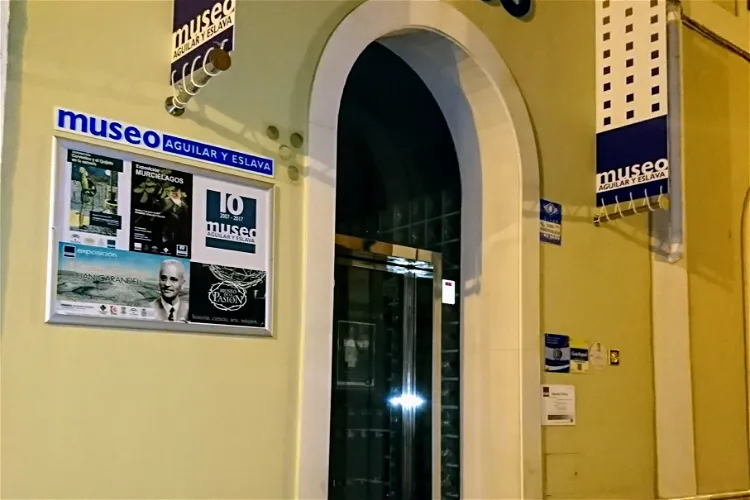
Aguilar y Eslava Museum
CabraThe Aguilar y Eslava Museum is situated in the historic building of the former Royal College of the Purísima de Cabra. This building also houses the IES Aguilar y Eslava and is home to the historical and artistic collections of the Aguilar y Eslava Foundation. The museum's location in a historic building adds a layer of cultural and historical significance to the exhibits on display.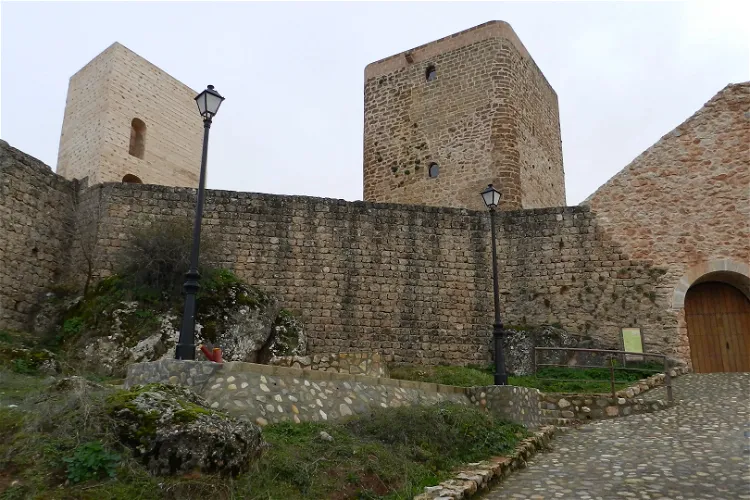
Castillo de Hornos de Segura
HornosThe Hornos Castle, a 13th-century fortress, is situated in the village of Hornos, nestled within the Cazorla, Segura and Las Villas Natural Park in Jaén, Spain. This historical site is a testament to the complex border disputes that took place in the region from the 12th to the 14th century. The castle's primary role was to protect the population and relay messages from the Guadalquivir high valley transmitted by the Bujarcaiz and Bujaraiza Castle towers. It is located at the highest point of the rocky hill on which the village is built.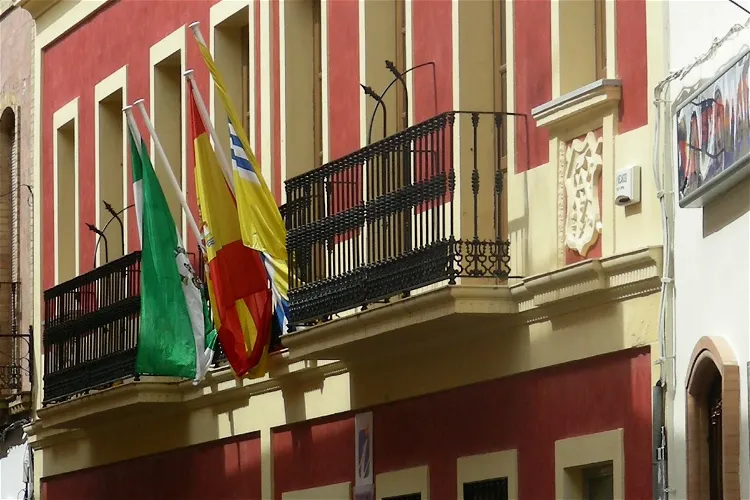
Carnival Museum
Isla CristinaThe Carnival Museum of Isla Cristina, situated in Huelva, Spain, is a unique cultural destination that was inaugurated in 2007. The museum is housed in a rehabilitated 19th-century courtyard, a typical residential construction of the working class during that era. This historical setting adds a layer of authenticity to the museum experience, making it a fascinating place to explore.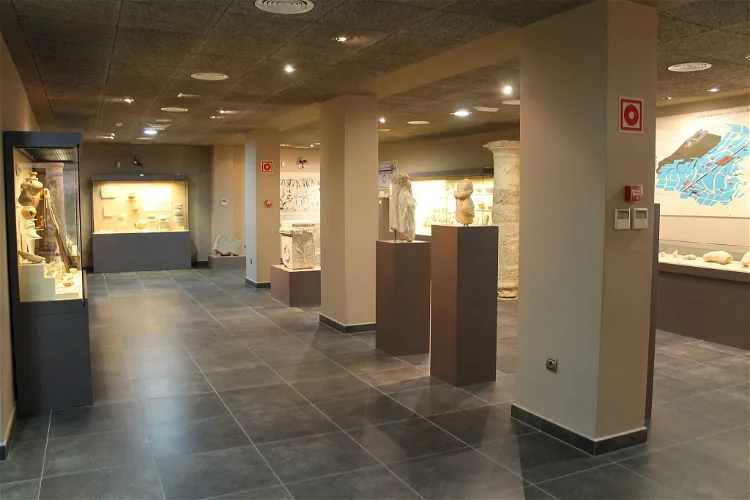
Museum and Archaeological Complex of Medina Sidonia
Medina SidoniaThe Archaeological Museum of Medina Sidonia is centrally located in the town of Medina Sidonia, in the province of Cadiz, Spain. This location makes it easily accessible for tourists visiting the area. The museum is an important cultural and historical site that offers insights into the rich archaeological and numismatic heritage of the city.
Museo de Artes y Costumbres Populares
BegíjarThe Museo de Artes y Costumbres Populares de Begíjar is situated in the historic center of the municipality of Begíjar, in the province of Jaén, Spain. This location is part of the cultural heritage declared by the Junta de Andalucía with integral protection. The museum is dedicated to the research, dissemination, and conservation of historical and anthropological heritage, from the perspective of social processes and respect for cultural diversity.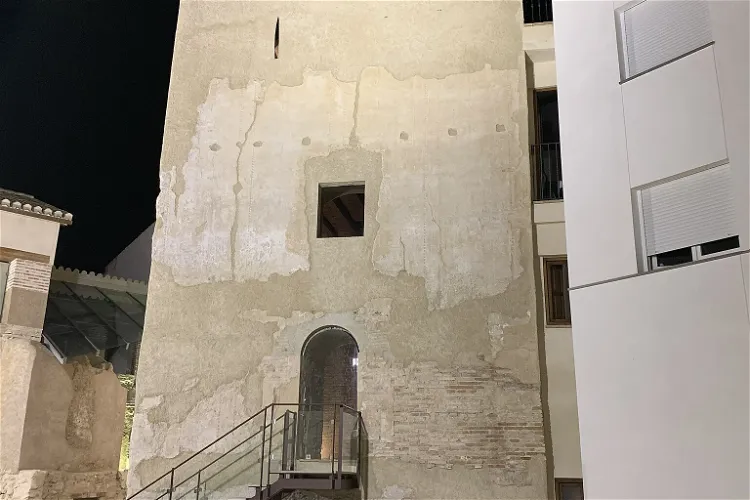
Torreón de Huétor
Huétor TájarEl Torreón de Huétor is a significant historical monument located in the town of Huétor Tájar. It was once part of the fortified wall system of the Alquería de Huétor, a settlement that dates back to the period of the Nasrid dynasty, before the Castilian conquest. The tower is situated on the left bank of the Genil River, in the heart of the Poniente Granadino region. It is a testament to the rich history of the area and offers a glimpse into the architectural and defensive strategies of the past.
Pizarra Municipal Museum
PizarraThe Pizarra Municipal Museum is situated in an Old Cortijo in the town of Pizarra, which is conveniently close to the city of Málaga in the Costa del Sol. This location makes it an accessible destination for tourists visiting the region.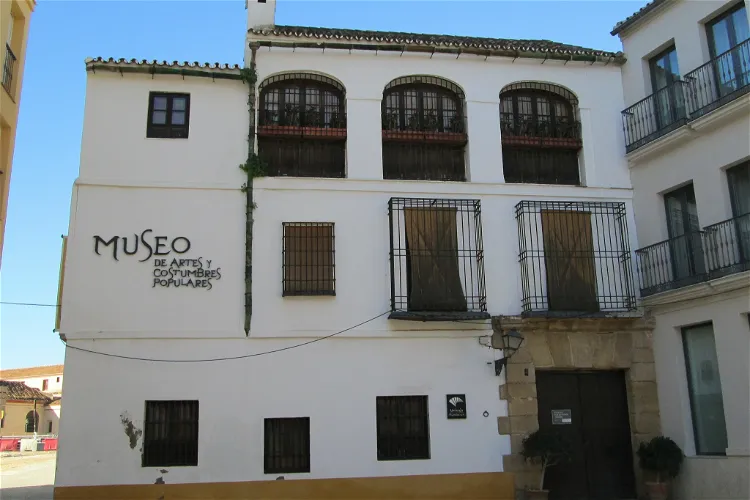
Museum of Arts and Popular Customs
CómpetaThe Museum of Arts and Popular Customs, also referred to as the Unicaja Museum of Popular Arts, is an ethnographic museum. It is situated in the Historic Center of Málaga, Spain. This location makes it easily accessible for tourists who are exploring the city's rich history and culture.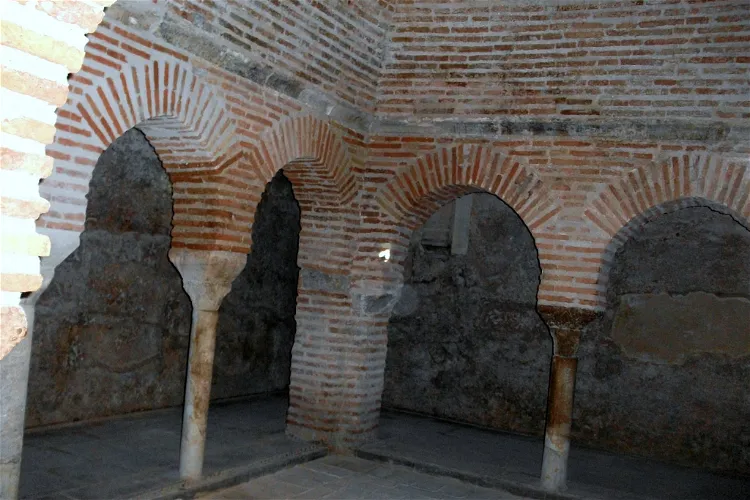
Arab Baths
BazaThe Arab Baths of Baza, also known as the Baths of the Jewish Quarter, are a significant historical site dating back to the 13th century. These baths are a prime example of urban baths associated with the ancient mosque, now the Church of Santiago. They were located in the old Marzuela suburb, now the Santiago neighborhood. The baths were discovered by historian Manuel Gómez Moreno in the late 19th century.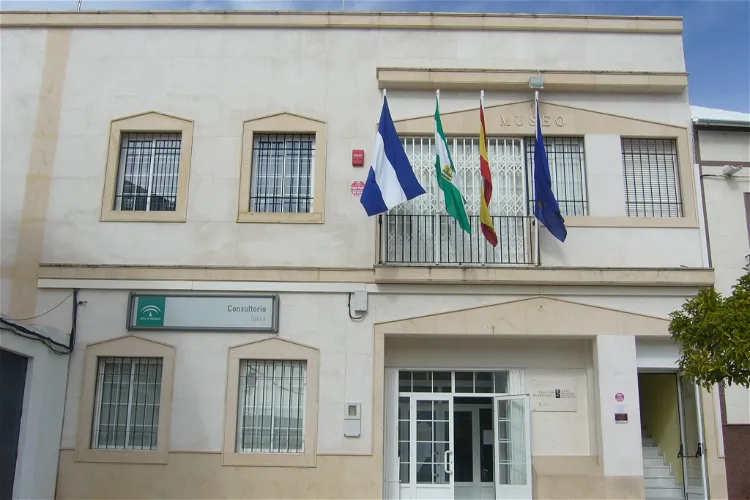
Colección Museográfica de Gilena
GilenaThe Colección Museográfica de Gilena, located in the municipality of Gilena in the province of Seville, Spain, offers a permanent exhibition divided into two distinct areas. One area is dedicated to the artistic work of local painter Francisco Maireles Vela, providing a didactic explanation of his contributions to the art world. The other area focuses on the historical and cultural evolution of the town, tracing its history from Prehistory to the Visigothic society.- 77
Museo Interactivo de la Música de Málaga - MIMMA
MálagaMuseo Interactivo de la Música de Málaga. (MiMMA, the Interactive Music Museum in Málaga) is housed in the 18th-century Palacio del Conde Navas. The musuem holds a large collection of musical instruments from all over the world, most of which can be played (hence the 'interactive' in the title of th - 78
Leisure and Tourism Center “La Estación”
LucenaThe former Lucena railway station, once part of the now-defunct Linares-Puente Genil line, has been repurposed and now serves as a leisure and tourism center. This transformation has given a new life to the old passenger building, making it a point of interest for visitors to the Spanish town of Lucena. - 79
Museo Municipal de Palma del Río
Palma del RíoThe Museo Municipal de Palma del Río is a museum that is managed and owned by the municipality. It is located in the city of Palma del Río, which is in the province of Córdoba, Spain. This museum is a representation of the city's commitment to preserving and showcasing its rich history and culture. - 80
Museo Arqueológico Profesor Sotomayor
AndújarThe Museo Arqueológico Profesor Sotomayor is a museum situated in the city of Andújar, in the province of Jaén, Spain. It is a significant location for those interested in archaeology and history, offering a unique insight into the past of the region. - 81
Dolmen de Soto
NieblaThe Dolmen de Soto, located in Trigueros, Andalucía, Spain, is a Neolithic subterranean structure. It is estimated to have been built between 4,500 and 5,000 years ago, making it a significant historical site. This structure is one of the many remnants of the Neolithic period, providing a glimpse into the past and the early human civilizations that once inhabited the region.